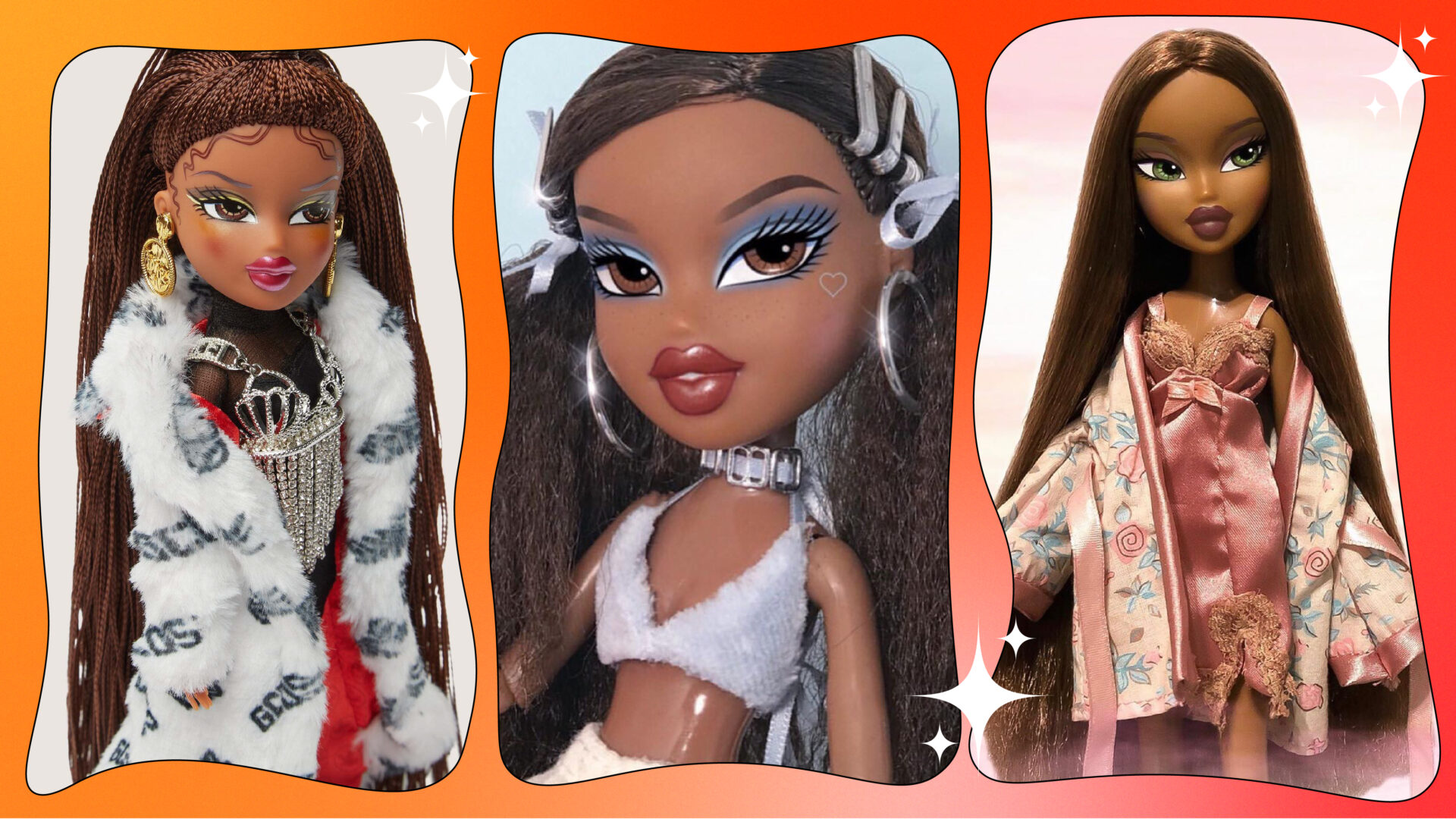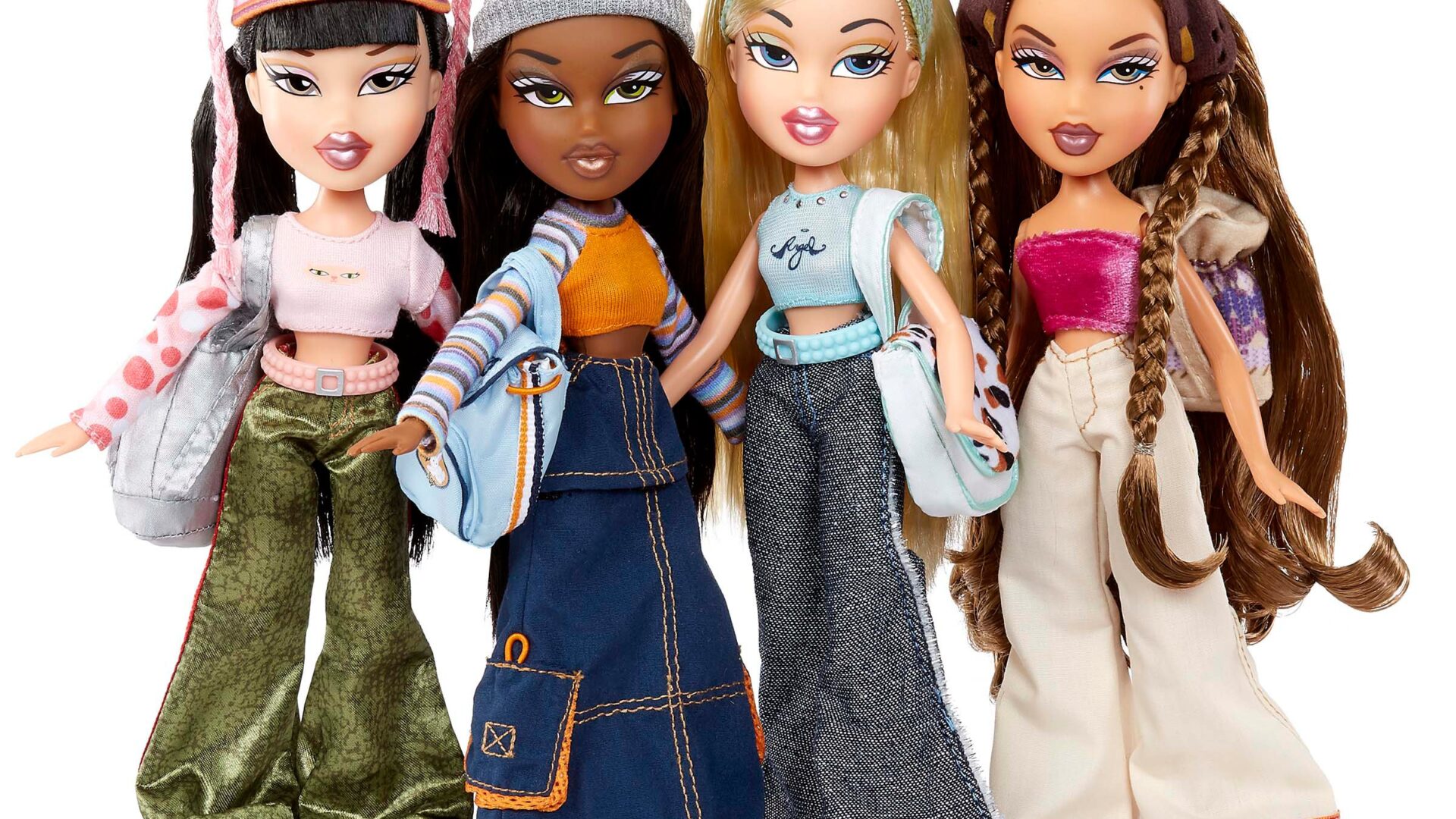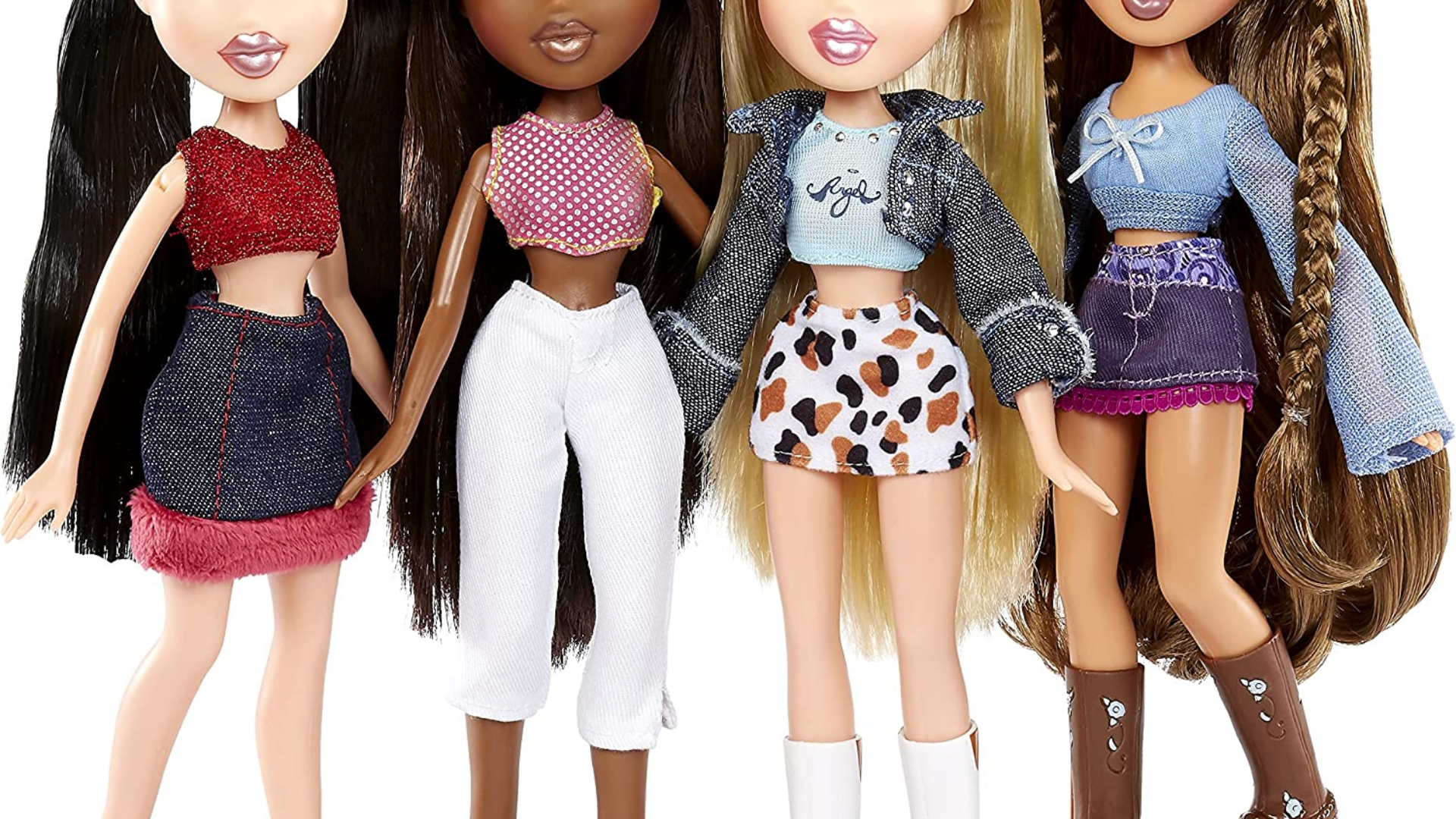
Just a decade ago, the thin, blonde, damsel in distress aesthetic was idealistic. However, the iconic Bratz dolls that Gen Z and millennials of today grew up with contributed to the inclusive beauty standards embedded within our trends today. From the adultification of outfits to the demonstration of diverse cultures and influence before the digital age, a set of dolls named Yasmin, Cloe, Jade, and our personal favorite Sasha managed to develop and maintain the aesthetic that many of today’s generation of Black and brown girlies currently embody.
Similar to fellow Black girls, my mother was hyper-aware of her daughter being perceived as “too grown” as I was growing up. When it was time for my hair to be straightened, she always insisted on bumping the ends. When I confidently walked into Claire’s to get hoop earrings, they could never exceed a certain circumference. Nonetheless, when I gazed at a Bratz doll, I saw girls who didn’t need permission and had a style that could bypass authority.

Fashion “it girls” like Naomi Parris, also known as Nayelizabethh on Instagram, are amongst the impeccably dressed, everyday girls who have been influenced by the Bratz aesthetic. When asked about the dolls’ impact, Parris said, “Ever since I was a little girl, Bratz dolls have always made me feel a sense of pride.”
Parris continued, “At an age where I didn’t really consider or realize the importance of being able to have black dolls and toys that I can relate to and represent me, I always gravitated towards Bratz, and while there were other brands like Barbie, Bratz was the first toy brand that showed [what society would consider] ‘Black features’ on dolls like full lips as well as dolls with style that reflected the Black community.”
Despite Bratz being founded in 2001, their reign as our childhood fashion icons was reintroduced in 2019 thanks to Tik Tok’s #BratzChallenge. Compiling more than 277.9 million views to date, this trend consisted of participants using makeup, clothing, and accessories to mimic the appearance of Bratz dolls. When speaking about Bratz lingering effect, Parris further noted, “Seeing the impact of Bratz today gives me a real nostalgic moment, when I loved playing with Yasmin as a little girl because of her groovy, 70s-esque style and the chunky shoes that would come with her looks.”
As an adolescent brown girl, I recall innocently pacing the aisles of Walmart to find my next doll. Yes, I saw countless commercials of Barbie dolls and fellow classmates playing with them during recess, but the blonde fantasy never appealed to me. As I continued scanning the shelves, I landed on an ethnically diverse figurine with a beauty mark under her plastic, painted eye, just like me. It resembled an older version of me, but in doll form.
When I had the opportunity to speak with beauty reporter and editor Darian Harvin about the influence of Bratz, she connected her upbringing with their influence. Harvin professed, “I think Bratz dolls had a sense of familiarity to them. They actually exuded a personality, an attitude, that couldn’t be contained through an already established blonde hair, blue eyes beauty standard.”
Harvin added, “I thought Bratz dolls really felt like a more realistic depiction of the BIPOC girls I went to middle school with – Black, white, Latinx, Asian, or Southeast Asian. They looked like they picked up their lipgloss at the beauty supply [stores] and bought accessories like cheap sunglasses, hoops, and fake lashes to accessorize their outfits.”
Gen Z’s disposition toward the female gaze is relevant to their obsession with Bratz dolls. Comparative to their biggest rival, Barbie, who is passively associated with Ken and, according to Teen Vogue, negatively impacts teen girls’ body image, Bratz dolls remain feminist icons. Considering their friendship-oriented and female-empowering brand, it’s obvious that the alluring figurines minimized condemnation regarding social attitudes and body liberation.

In response to the female gaze, Harvin added, “Although critiques that Bratz dolls perpetuated unattainable beauty standards or sexualized the body are incredibly valid, men were not characters in their orbit the same way Ken was to Barbie. So the purpose of who they were dressing for, and why, was assumed and projected. She continued, “Bratz were often presented as a group of friends. Their activities were centered on having fun with girlfriends, shopping, or choosing an outfit. At least you often saw them having fun together, versus as arm candy on a male doll.”
An NYTimes Op-Ed written in 2012 about the toy industry coincidentally predicted the legacy of Bratz, claiming that toys “have always reflected the world that children are being prepared to enter and by extension its belief systems.” Bratz reflects the ethnically inclusive environments that Gen Z is exposed to combined with the self-empowering privilege granted to social media users and self-proclaimed E-girls.
Long before Instagram influencers, Bratz were the video vixens of our toy collection – audaciously stylish and unafraid to turn heads. Though plastic has neither gender identity nor inherent behavioral proclivities, they do have impact. The sultry statuettes may be known for their “Passion 4 Fashion,” but they will always remain in popular culture as inanimate icons.
About Desjah: A Brooklyn girl keeping it real in LA, Desjah Altvater is a writer for Girls United who loves to dissect culture and entertainment. She also writes for Her Agenda and Insider, aiming to uncover interesting and underrepresented stories in the media.